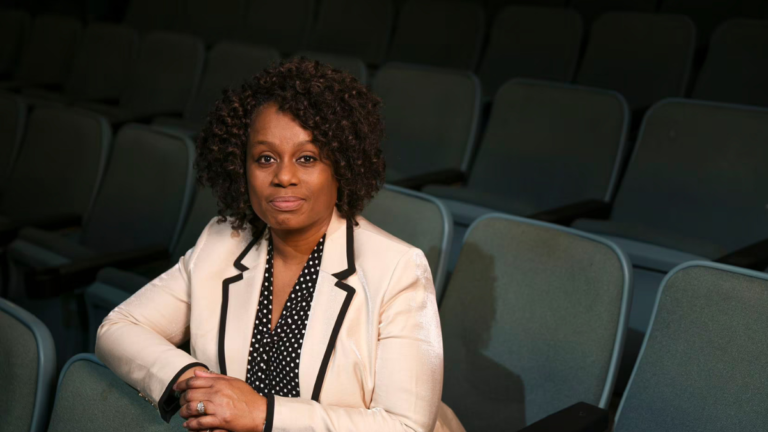
Women of color who head arts organizations across the nation are asking for institutional change in everything from board composition to decision making.
By Elizabeth Myong
Women are quitting top positions in greater numbers than ever before. It’s dubbed the “Great Breakup.” And it’s occurring to women of color in cultural organizations across the country, from theaters to opera companies to museums.
According to Zannie Voss of Southern Methodist University and Randy Cohen of Americans for the Arts, there is still a scarcity of statistics on the subject. According to Cohen, there is frequently a temporal lag with such info. Nonetheless, studies and discussions with women of color leaders in the arts indicate a worrisome tendency.
Following demands for racial equity, arts organizations have been recruiting more women of color into top roles in recent years. Martine Elyse Philippe, a Haitian-Cuban American, was appointed as the new head of Dallas’ Office of Arts and Culture last month.
Women of color are frequently recruited as leaders by arts organizations in order to broaden programs and reach out to communities of color. According to Artnet contributor Lise Ragbir, once women move into these leadership positions, they frequently do not have the support they need to thrive or even remain. According to six women of color leaders in the arts from across the nation, the challenges they face include demands to adapt, different standards from their white or male coworkers, and additional stresses from taking on diversity, equality, and inclusion efforts.
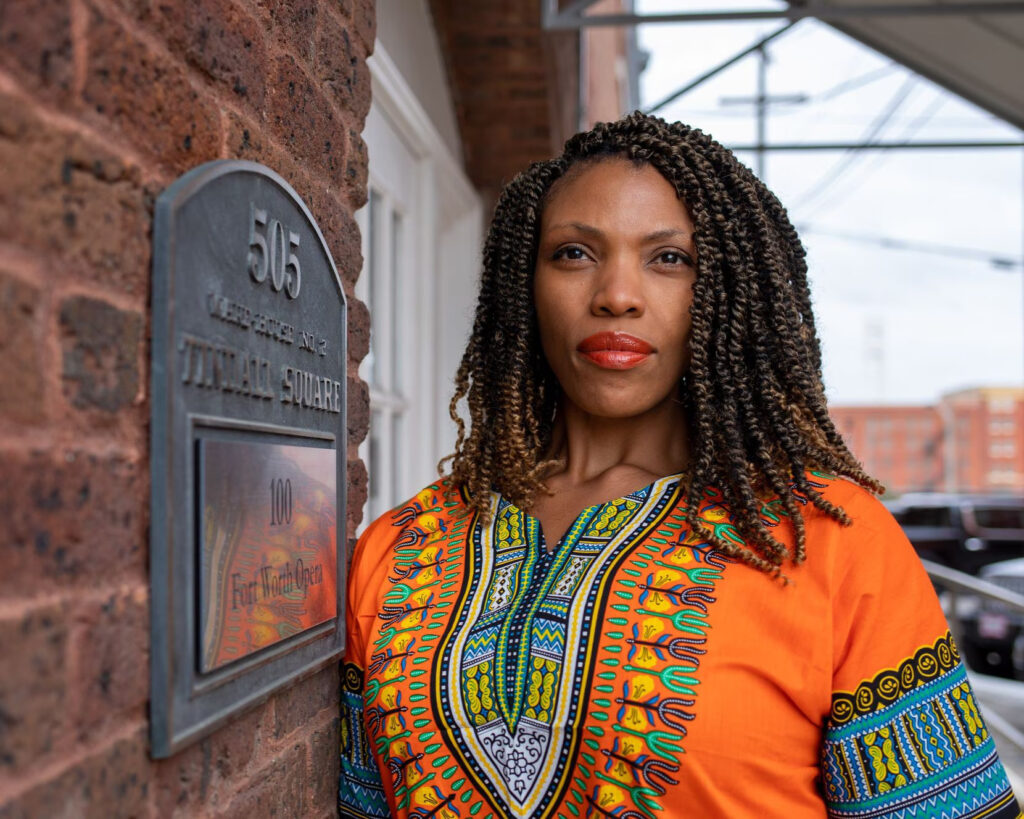
Afton Battle, one of the first Black women to head a U.S. opera company, stepped down as general and creative director of Fort Worth Opera in November. She resigned amid concerns about the company’s future path. (Battle declined to speak with The Dallas Morning News or KERA for this article.)
The change is revealing, according to Kaisha S. Johnson, co-founder of Women of Color in the Arts, a national volunteer group. Organizations frequently declare, “We are with you,” but do not follow through with their deeds, according to Johnson. “There’s no more poignant point than bringing in Black and brown leadership and then allowing them to exit [stage] left as soon as it gets real,” said Johnson, who is Black.
So, how can the problems be addressed?
According to women leaders of color in the arts, organizations must make institutional adjustments to assist these new leaders. They state that while remedies may appear obvious, they are frequently ignored.
1. Change begins with the board
Teresa Coleman Wash, the creator and executive creative director of Dallas’ Bishop Arts Theatre Center, believes that equity efforts must begin with the board of directors. A board of directors assists in the management and direction of a company. Its duties include fundraising, public marketing, and recruiting top executives.
“I don’t think it’s sufficient to appoint women of color to leadership positions without first doing the work at the board level,” said Coleman Wash, a Black woman. Leaders will suffer more pain if this does not happen, she claims. According to Coleman Wash, board members “set the tone” for how women executives of color will be handled in an organization. “Staff members will not support that person of color if the leadership does not.”

Vicki Meek, who ran the South Dallas Cultural Center for nearly 20 years, believes that arts organizations should think about the composition of their committees. According to Meek, who served as the board chair of the National Performance Network for two years, important variables include ethnicity, gender, and socioeconomic position.
She believes that arts organizations that want to reach out to more varied populations — and support women leaders of color in their endeavors — must go beyond outreach and into what she refers to as “in-reach.” “You must have a governing body that represents the community that you serve,” Meek, who is Black, explained. “You can’t get ideas on how to serve [diverse communities] if no one speaks from their experience in governance.”
2. Welcome new members to the community
According to Yvette Loynaz, head of artistic administration at the Opera Theatre of Saint Louis, inclusion and retention begin when a leader is presented to a group.

Loynaz, who is Latina, equates it to having a visitor over. You make them feel at ease and present them to others. According to Loynaz, the first image is critical for when conflict and challenges emerge later on. “You’re more likely to stay if you feel like you’re being taken care of,” she explained.
3. Allow women of color executives to develop their organizations
Coleman Wash believes it is critical to surround women leaders of color with peers who will back them and their job.
“First and foremost, we need people on our team who are used to championing a woman of color in a leadership position,” Coleman Wash said.
Camille Delaney-McNeil, head of the Los Angeles Philharmonic’s youth education program, Youth Orchestra Los Angeles, can testify to the difficulties of having a team. That is why she thinks new leaders should have a greater say in personnel choices.
“If I can’t do it right now, I’ll need a timeline for when I can assess, evaluate, and potentially build a new team,” said Black Delaney-McNeil. When new leaders are granted that authority, she says, it enables them to discover individuals who share their goals.
“We can find people who support the mission and this type of evolutionary progress,” she said.
However, Meek stated that it is difficult to broaden arts staff when low wages make employment untenable for those who are not monetarily wealthy. She believes that more organizations should discuss pay equality, which entails hiring and paying workers based on their degree of expertise and ensuring they are paid a livable salary. “The salaries in these organizations are abysmal,” Meek said. “As a result, these institutions must begin to consider what is fair remuneration for these jobs.”
4. Allow them to lead inclusively
Leaders in the arts say that in order to promote a more inclusive workplace, organizations must be ready to change their decision-making processes.
“It can be very challenging to be constantly met with barriers if you’re coming in and bringing something completely new and different and have a lot of big ideas and are very energized to come in and make an impact,” said Loynaz, in St. Louis.
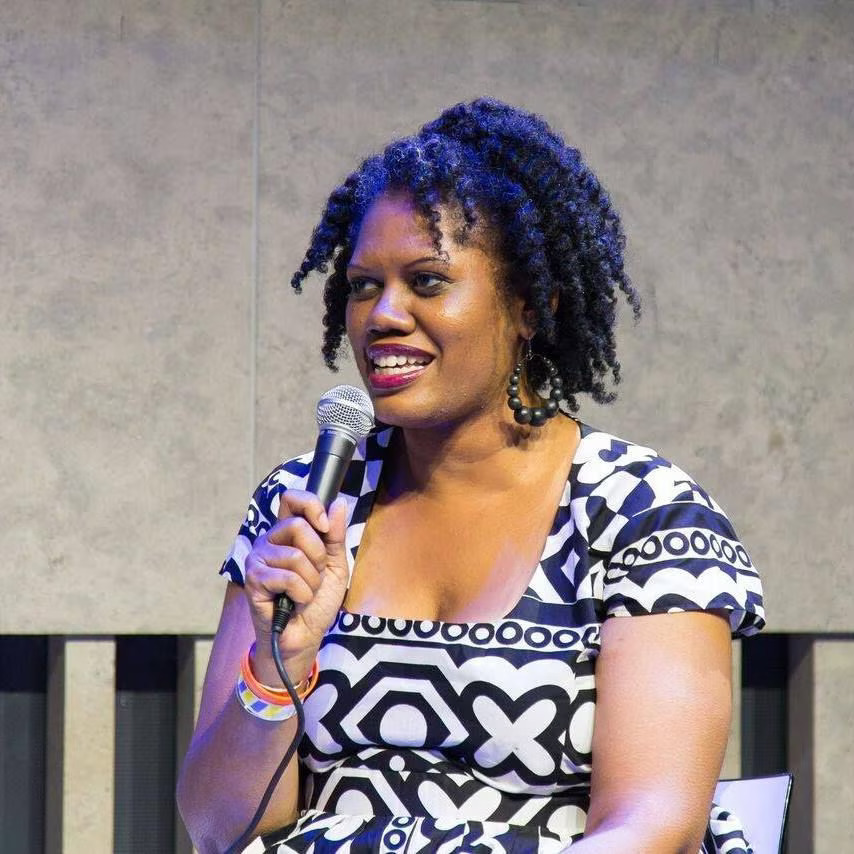
According to Johnson of Women of Color in the Arts, it’s critical to consider how conventional systems serve a group to see if there’s a better path forward. “Perhaps, in order to eliminate the power struggle, you could shift from a more hierarchical organizational structure to a more horizontal or lateral one, where power is shared among many people,” she suggested.
For example, the Opera Theatre of Saint Louis launched the New Works Collective, which asks a group of community members — including a writer, sociologist, organizer, and others — to help pick new works.
The New Works Collective demonstrates “how you involve the community in the process, how you shift and share power in the organization, and how you center artists through your programming, your process,” according to Loynaz.
5. Listen and accept discomfort
Women of color in leadership in the arts emphasize the significance of hearing and accepting unease.
Inclusion, according to Loynaz in St. Louis, works hand in hand with hearing. According to Mary Ann Sieghart’s book The Authority Gap, women executives frequently experience a “authority gap,” or gender bias that leads to women being neglected, underestimated, or ignored.
“Hiring people from diverse backgrounds and perspectives is simple,” Loynaz said. “Retention is really about that stage of inclusion for me. Bringing individuals on and then failing to include or listen to them is extremely damaging.” When her coworkers listen attentively and silently before asking questions about her ideas and how she would progress, she feels heard. “That’s important,” she said. “And if we make a different choice, that’s fine. But I was included, and I believe that is what it all comes down to.”
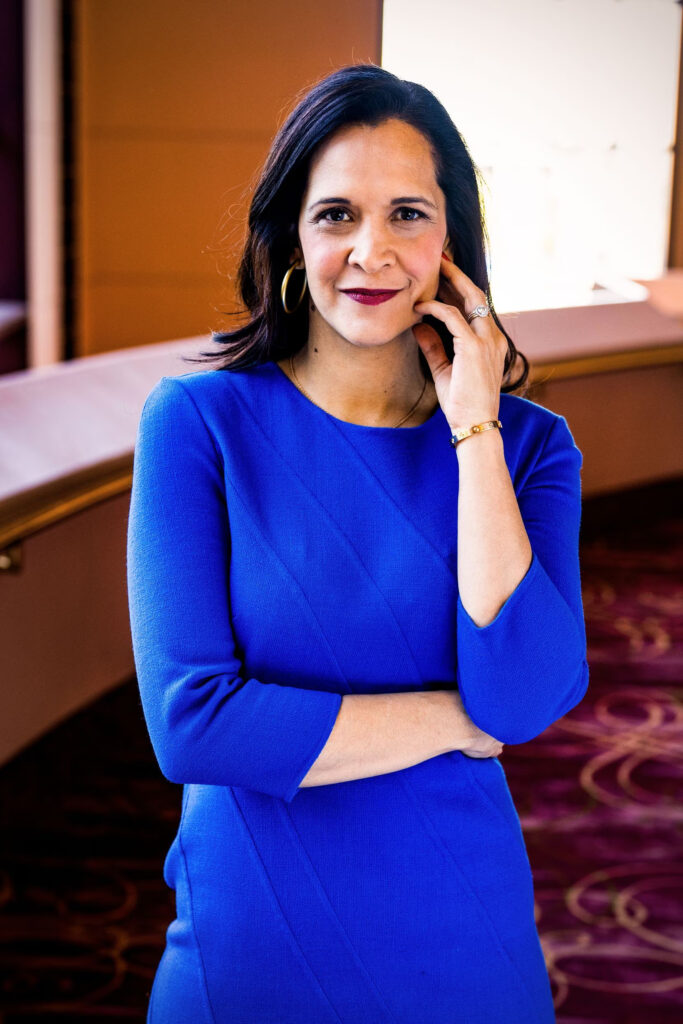
At the Houston Grand Opera, Khori Dastoor uses a similar strategy. She is the general director and CEO of one of the biggest opera organizations in the United States. Dastoor, who is of Southeast Asian and South Asian heritage, believes that listening to employees, artists, and community members leads to programming that is appealing to audiences.
“It’s not about what Khori wants to see or what Khori believes in,” she explained. “It stems from listening to the creatives in my organization, identifying talent, and providing them with the resources they require.”
According to Coleman Wash, part of listening is being able to remain in pain. That, she believes, is one method for organizations to fight discrimination against women of color in positions of leadership. “We have to have difficult conversations with people who don’t look like us,” Coleman Wash explained. “We can’t keep talking in an echo chamber with people who share our values and ideas.” We must be willing to listen to everyone.”
6. Make the well-being of women leaders of race a priority
The consequences of ignoring the well-being of women of race are far-reaching. According to studies, burnout is a major reason why many women of color are changing or leaving their employment during the epidemic.
Women of Color in the Arts, which has over 2,000 members from across the nation, addresses burnout as one of its problems. According to Johnson, co-founder of WOCA, the organization teaches members how to assert their boundaries and safeguard their well-being. “It’s really about how we hold on to our unique [selves] while also being able to go into situations that don’t value our unique [selves],” she explained.
Delaney-McNeil, head of Youth Orchestra Los Angeles, said she’s had to learn to say no as a mother, director, and partner. She is frequently plagued by the notion that she can manage anything.
“What I’ve felt in my work to date is the assumption that I can take care of everything, that I can do everything,” she explained. “You know how people say, ‘Oh, you’re so brave or you’re this or that,’ and how they assume it’s my weight. To take on all of this as a lady of race in leadership.”
According to studies, the “strong Black woman” image is a ubiquitous myth that adds to Black women’s deteriorating mental and physical health. To combat that stereotype, WOCA provides assistance to women outside of their employment, assisting them in finding methods to remain fit — mentally, physically, and emotionally.
To combat that stereotype, WOCA provides assistance to women outside of their employment, assisting them in finding methods to remain fit — mentally, physically, and emotionally.
“A woman of color does not enter any professional position solely as a professional,” Johnson explained. “Their entire being fills the area. That involves being able to discuss and foster their well-being.”
The wear and strain of microaggressions makes nurturing their well-being more difficult. These are daily, subtle acts that show prejudice against marginalized groups. According to a Pfizer research, microaggressions can raise the risk of depression, worry, tension, and even heart disease.
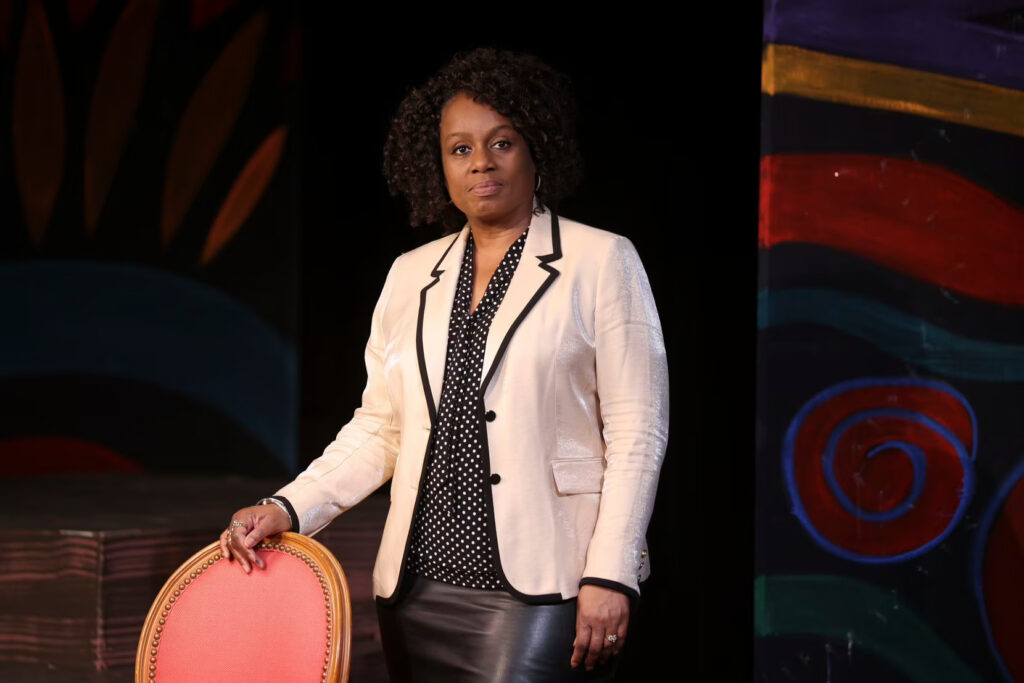
They can also serve as a painful reminder that a woman of color does not appear like a conventional head of a symphony, opera, or theatrical group, according to Coleman Wash.
In a 2018 opinion article titled “The Ugly Truth About Arts Institutions Led by Women of Color,” she discussed the racism, classism, and misogyny she has encountered as a woman of color heading an arts organization. “Hiding behind a race-neutral job description is an expectation, based on a stereotype, of what a theater leader should look like: white and male,” she wrote.
Coleman Wash believes that organizations must emphasize the well-being of women leaders of color in order to question preconceptions about arts leaders. That entails making long-term adjustments that “set people up for success, rather than assigning them tasks that we know will require herculean efforts that no one can complete.” And, of course, that procedure is fraught with difficulties. Coleman Wash thinks the endeavor is worthwhile. “Organizations want to be on the right side of history, and we’re seeing across the country that our systems are failing,” she explained. “Our processes are malfunctioning because we are repeating ourselves. We’ve put in the same individuals, and that same investment should go toward people who haven’t traditionally held those positions. But that will take time.”
The Dallas Morning News and KERA have collaborated to extend local arts, music, and culture coverage through the lens of access and equality.
This community-funded news project is supported by the Better Together Fund, Carol & Don Glendenning, City of Dallas OAC, Communities Foundation of Texas, The Dallas Foundation, Eugene McDermott Foundation, James & Gayle Halperin Foundation, Jennifer & Peter Altabef, and The Meadows Foundation. The News and KERA maintain complete editorial authority over Arts Access’ coverage.